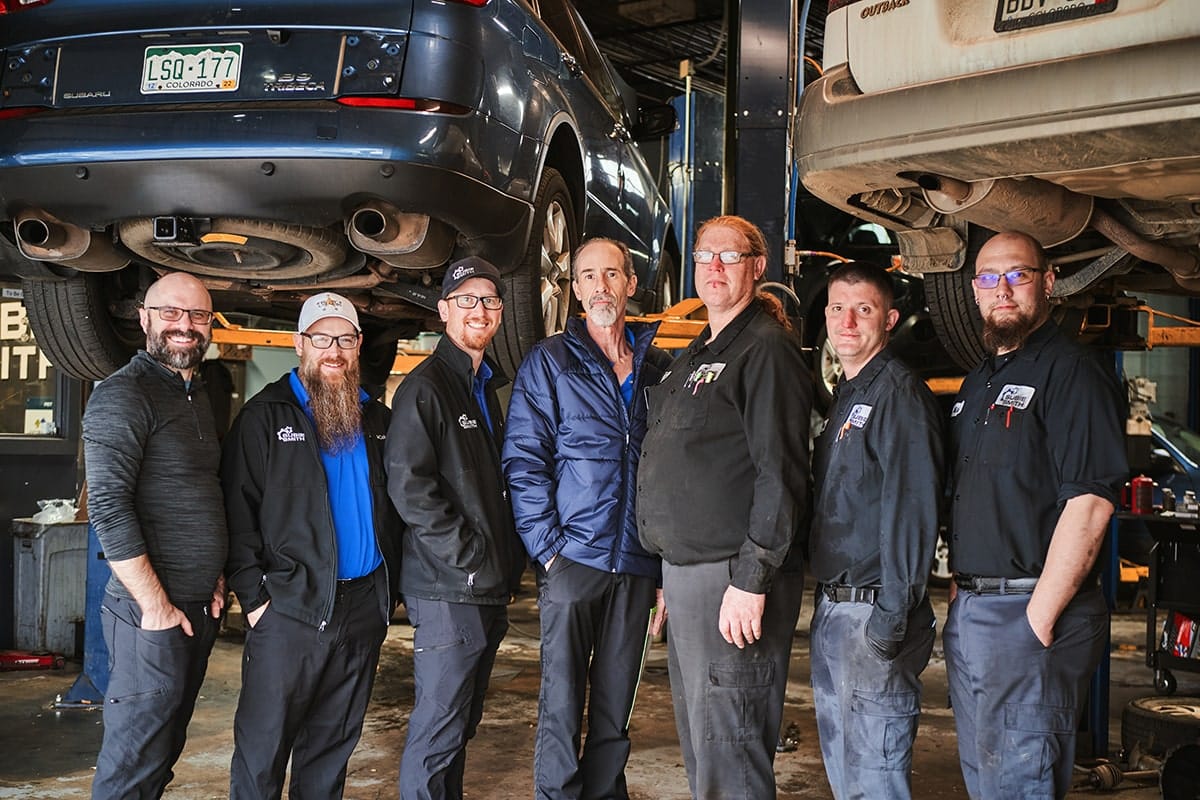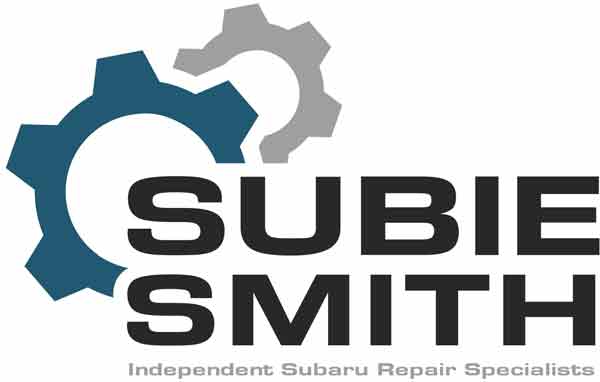Camshaft Carrier Reseal Complication

Hello Subaru Driver
Reseal your camshaft carrier
Thank you for choosing SubieSmith to replace your camshaft carrier.
Before we begin, we want to go over some information you should be aware of.
We are about to perform a very involved procedure on your vehicle. As with any complex procedure, there is always a possibility that complications may arise during or after service. We want to prepare you for the more common of these possibilities.
Please read below and acknowledge that you have completely read and fully understand the risks by signing the form at the bottom of the page.
Rod Knock
A rod knock is a sound that results when the bearing at the connecting rod attaches and the crankshaft comes loose. When the bearing comes loose, the connecting rod and crankshaft can rattle against one another. This will result in a repetitive “knocking” sound that becomes more rapid as engine rpm increases. Although, the failure can manifest in other ways as well.
Oil Consumption
There are two ways that oil can leave an engine; it can leak out externally or it can burn with the air/fuel mixture internally. This is specifically referring to internal oil loss. We know you have oil consumption if the engine oil level declines, but none of the missing oil is leaking out of the engine. According to Subaru, up to one quart of oil consumption every 1,000 miles is normal.
Catalytic Converter Failure
The catalytic converter, or “cat,” is an active filter that sits in the exhaust piping. It converts unburned fuel and other harmful pollutants into less harmful pollutants. It is monitored by the engine computer using a dedicated sensor located just downstream of the cat. If the cat isn’t doing a good enough job of cleaning up the exhaust gasses, the sensor will see this, and the check engine light will come on.
An underperforming cat may cause your car to fail an emission test. This failure will rarely cause your vehicle to underperform, but in extreme cases can cause a lack of power under acceleration.
Acknowledgment of Receipt and Understanding
Once you have read and understood the above information, please enter your name and vehicle info in the spaces below. This will notify our team that you have received the above information. If you have any questions, please contact us.
SubieSmith would be happy to service your Subaru.
By choosing us, you get:
Schedule an appointment today and get routine maintenance for your Subaru.
Sorry, We’re Currently Closed. Please complete up the form below.

